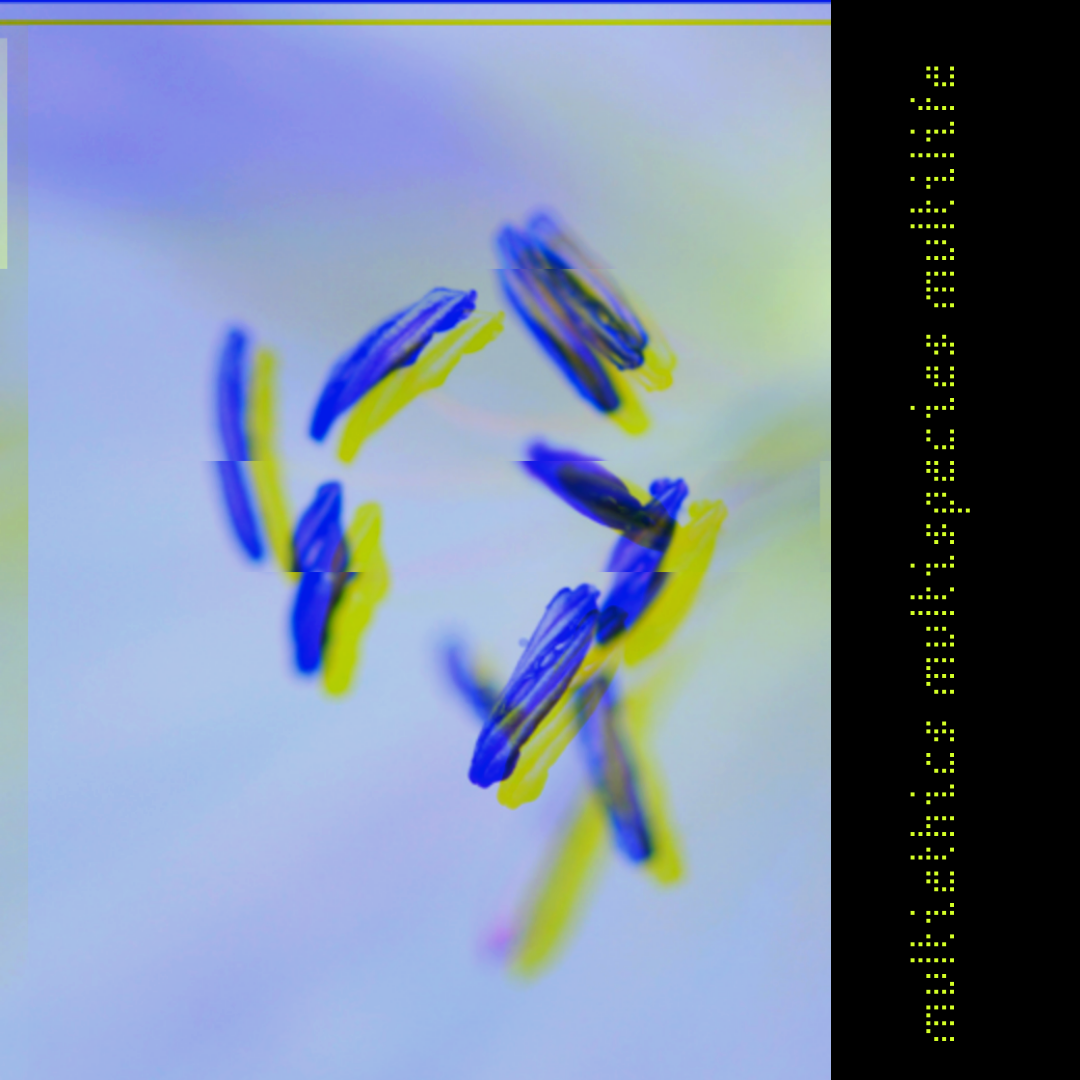
Lee Upton
Artist Statement: Talking & Listening to Plants
Years ago I was given Emily Dickinson’s Herbarium, A Facsimile Edition. The volume reproduces sixty-six pages of the poet’s herbarium with its over four hundred plants, pressed and preserved. As soon as I saw the herbarium I knew I would cherish it and write about it. Dickinson wrote the plants’ Latin and common names on each page, and it must have required a delicate touch not to break or bend each fragile leaf and blossom.
Dickinson was a child when she created the herbarium, working with care close to the page, the way later in her life she would work close to the page with words, displaying each of their facets and shapes. Throughout her life, her attention to plants fed her poems and her spirit. In my poem “Emily Dickinson’s Herbarium, Facsimile Edition” I hoped to communicate how the work she did even as a child already reflected attentiveness and care and disciplined delight. I also wanted to see what the herbarium’s mysteries might offer, how the collection and the act of collecting might resist explanation. Bringing home those flowers and other plants, whether in the woods or on Amherst lawns or grown in her conservatory, must have given joy to Dickinson.
I might know some of the joy she experienced. As a child I lived on a farm on a hill in mid-Michigan and I could be found, from a very young age, by the woods and creek at the bottom of the hill. I was often alone, often wandering, half feral. I didn’t collect plant specimens, but I was pretty much enchanted by what was around me—the mint on the creek banks, the trillium and Mayflowers and dog violets that sprang up each spring, the tiger lillies that grew wild throughout the summer. By the creek and in the woods I experienced boundlessness, the sensation of being united beyond time with other living presences. That experience of encountering beauty in the woods, beauty that seemed to summon a response, is referred to in my collection, The Day Every Day Is, in a poem called “The Apology”: “So forgive me please already. / I am sorry for speaking for nature. / But it was asking for it.” In the same collection I wrote about the spirea I hid behind as a child and its “clotted cream of blossoms.” My poems in that book summon lilacs, willows, violets, reeds, laurel, hyacinths, ghost pipe, forsythia, duck weed, hay, strawberries, lemons, snapdragons, pines, elderberries. I wrote about sunflowers and my mother: “when she was losing her sight / they were what she could see.”
In Plant-Human Quarterly my poems are about the sense of lasting presence evoked by flowers and other plants. I am interested in plants’ medicinal and poisonous properties, their scents, and the way we may experience their livingness as they reach and turn and find a way to endure and, in some cases, to resurrect each year.
My mother, despite her long hours working as a hospital cook, kept marvelous gardens and thriving house plants. She used to turn to one of the geraniums on our porch and say, “Let’s give this one a little sip” and give up some water from her glass. The plants around us were our guests to be treated with respect—or, more likely, we were their guests, grateful to be among them.
Lee Upton’s most recent book is The Day Every Day Is (Saturnalia, 2023). Her poetry has appeared widely, including in The New Yorker, Poetry, The Southern Review, and three editions of Best American Poetry. She is a fiction writer and literary critic as well as a poet. Her comic novel, Tabitha, Get Up, will appear in May 2024. www.leeupton.com



